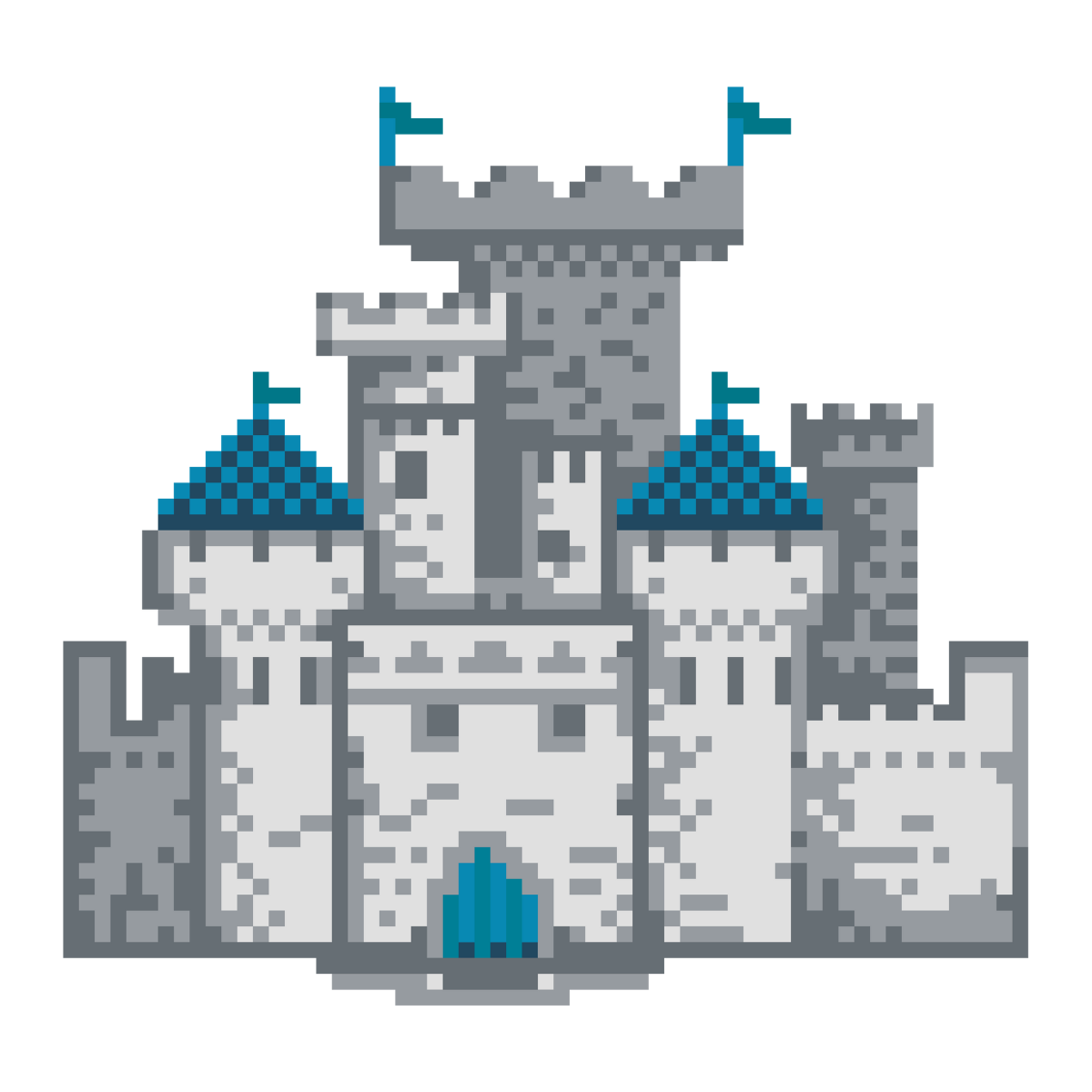
Retro gaming or the power of nostalgia
Nostalgia seems to flourish at the end of summer, when the warm weather, vacation days, and the coming of autumn bring back feelings of the past.
In many ways, nostalgia and gaming are interconnected. Whether we find it in childhood games we played in the backyard, video games we shared with our friends, or new titles simply inspired by older ones, that feeling of sorrowful glee is there. The gaming industry always moves forward, pushing the boundaries of technological innovation, and still, the flavor of nostalgia is heavily imbued in our preferences. There’s even a dedicated term for it – retro gaming.
So what better way to prepare for autumn than to indulge a bit in a discussion about nostalgia in video games and the retro gaming phenomenon?
Aesthetics and style of retro games

Traditionally, the term retro game applies to titles released somewhere between 1970 and the early 2000’s, usually associated with arcade machines or early consoles like the Atari 2600, Sega Genesis, Nintendo Entertainment System or PlayStation 1. It references a time when the industry was still being defined, a time of exploration when game creators were building the market within the technological limitations of the era.
With their 8-bit/16-bit graphics and the so-called “chiptunes”, vintage games have unmistakable characteristics, easily apparent even to those who aren’t interested in the industry. Over the years, this style has become a cultural indicator for the broader gaming community. Symbolically, perhaps nothing represents video games more than a pixelated heart or an 8-bit arcade soundscape.
Another defining characteristic of retro games is the use of limited color schemes. Due to the low-resolution displays, artists would use limited palettes to create contrast and better define characters and objects. For the same reason, visual design is more expressive, elements were conceptualized to convey a specific message without being fully rendered.
Even though graphics have improved drastically and technology now allows designers to push for hyper-realism, retro aesthetics continue to be referenced and replicated in modern titles. Games like Stardew Valley, Celeste, Dead Cells, Cuphead or Shovel Knight are good examples of vintage vibes sprinkled in modern releases.
Simplified game design, increased difficulty
But retro gaming is not just about aesthetics. We cannot overlook one of its most distinctive characteristics: gameplay. Classic games are notoriously known for their difficulty and there’s a large community of players that considers them to be harder to beat than modern games. Titles like Donkey Kong, Legend of Zelda or Metroid often find their way on lists of the most difficult games of all time.
Thinking about the simplified mechanics in old school games compared to the complex systems we have today, we’re left to wonder, what makes them presumably harder? Here are some of the reasons why retro games could be considered more difficult than modern games:
⭐Lack of detailed tutorials, quest markers or indicators.
⭐No auto-save function (sometimes no save options at all).
⭐Very little UI and HUD explanations.
⭐Unforgiving combat and level design.
⭐Restrictive number of lives and possible tries.
⭐No possibility to adjust the difficulty.
⭐Less familiarization with similar mechanics.
⭐Generally, less exposure to technology.
⭐No updates, rework or balancing after the release.
⭐Multi-player modes had no matching systems.
If game design was at its beginning, so was playing video games. Not only was there a steeper learning curve, but the average player’s reflexes were still being formed, genres were being defined and pretty much everything was new. The idea of difficulty is relative, nowadays we have more complexity in game design, but we also have standardization, familiarity and access to information.
Retro gaming enthusiasts have always supported early game systems for what they are, which is why remastered versions always tread lightly to preserve as much of the original as possible.
Nostalgia as immersion

Nostalgia is probably the main reason why vintage games have always had a following, even considering current innovations.
Nostalgia is a powerful emotion for soothing, well-being and self-calibration, it’s also potent for establishing purpose and creating a sense of path in life. A combination of predominantly positive emotions, it ultimately offers a strange kind of comfort, to each of us in a nuanced way.
With retro games and classic-inspired elements, players can relive a past (imagined or real) in which they find purpose, connection and a sense of self. By returning to what seems familiar, they feel comforted, escaping present concerns. This kind of positive trigger also helps with social interactions, it strengthens the bond between members of the same community through shared experience.
Another aspect to consider is that nostalgia influences our perception, creating a positive bias in the way we recall things, which can make certain memories feel more impactful.
Since video games are interactive environments, it makes sense for the medium to leverage nostalgia in order to create immersive, meaningful gameplay.
Community: collectors, curators, champions
Communities have always formed around the love of retro games, keeping alive topics and practices that might’ve otherwise been long forgotten. Within these communities, there are different kinds of enthusiasts and their preoccupations include:

➡️Streaming classic games
➡️Collecting old gaming devices
➡️Gathering physical copies
➡️Museum displays
➡️ Participating in e-sports
➡️Building emulators
➡️Developing remastered versions
Moreover, game studies researchers have analyzed participatory practices in video game communities, activities through which fans not only enjoy game products, but also actively contribute to them. According to their findings, through participation, players act as archivists and curators of gaming history. The community inadvertently saves for posterity games that might otherwise be lost, therefore preserving certain titles as game history artifacts.
Even the broader industry is influenced by the involvement of communities. Companies invest in remasters and remakes of old titles like Tomb Raider or System Shock, while modern releases like Sea of Stars or Hollow Knight: Silksong are heavily influenced by vintage games.
When looking into the phenomenon of classic gaming, the word “enduring” frequently comes up, with good reason. And that reason is: community.
